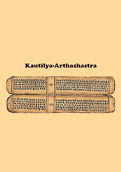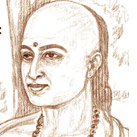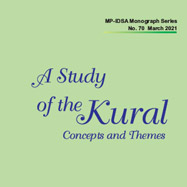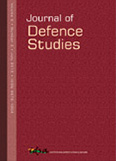Kautilya’s Arthashastra: The Intellectual Foundations of Ancient Indian Political Thought
The intellectual foundations and the strategic vocabulary of contemporary geopolitical discourse is characterised by two elements—its heavy borrowing from the ancient civilisations of the Near East, Greece, Rome, and even China; and a near complete omission of anything Indian. If the ‘axial age’1 in these geographies represented a critical, reflective turn of transcendental significance to social, political and philosophical affairs, the contemporaneous Indian civilisational experience can offer worthy contributions, in both confirming the universality of strategic traditions abroad and establishing its cultural peculiarity. Perhaps, the most consequential output (from the standpoint of the ancient Indian state and statecraft) of the intense cultural interactions between different philosophical and intellectual traditions in India, emerging since the 6th century BCE, is Kautilya’s Arthashastra—a classic Indian treatise on statecraft.
- Kajari Kamal
- April-June 2025














